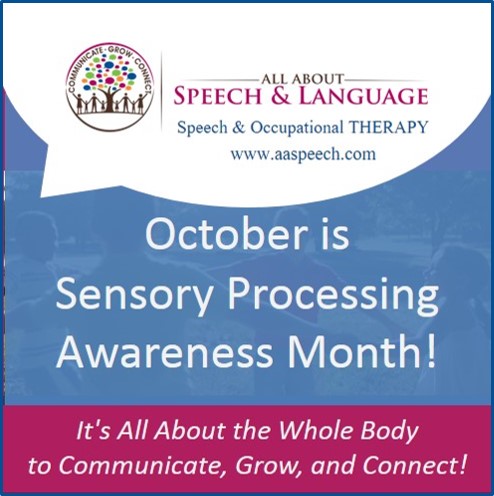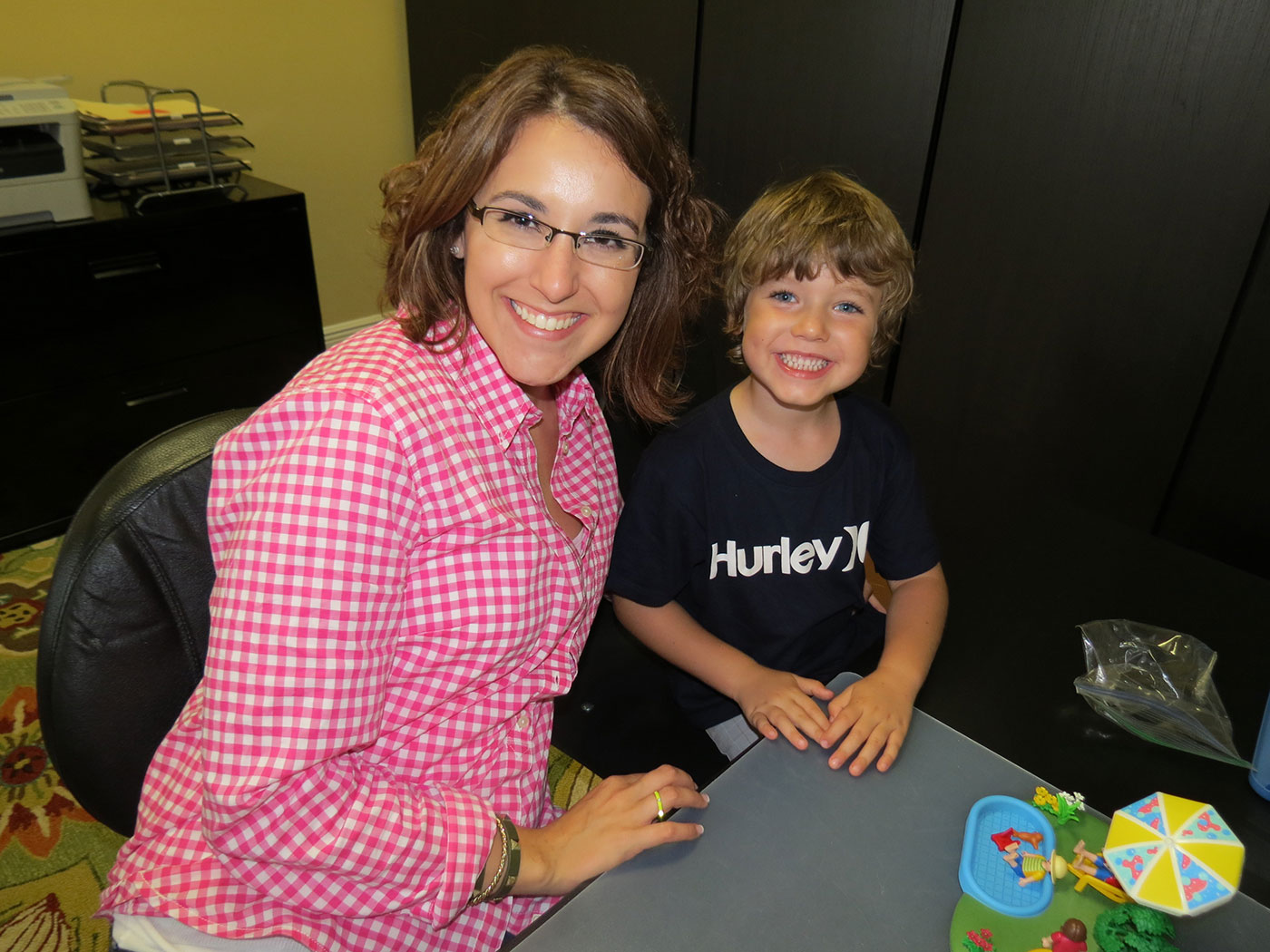The Sensory Processing Foundation defines sensory processing as the way in which the nervous system turns messages received from our senses into appropriate motor and behavioral responses. “Whether you are biting into a sandwich, riding a bicycle, or reading a book, your successful completion of the activity requires accurate processing of sensation” (STAR Institute for Sensory Processing Disorder, 2017). Sensory processing issues arise when these messages are missed or misinterpreted, resulting in difficulties organizing, processing, and responding appropriately to everyday environmental stimuli. Ground-breaking occupational therapist, A. Jean Ayres, PhD, described Sensory Processing Disorder (SPD) as a neurological “traffic jam,” in which certain areas of our brain are unable to receive the information needed to accurately interpret sensory experiences, leading to difficulties completing everyday activities.
When hearing the term, “sensory processing,” often times we think of the five senses (sight, smell, taste, sound, and touch) and the ways in which they help us to learn and explore the environment. However, it is important to also consider proprioceptive (sensations from the muscle and joint movements within our bodies) and vestibular (feeling of our bodies in relation to space) sensory processing. Sufficient modulation of sensory input is critical to a child’s development and his or her ability to learn and master foundational skills. If one or multiple of these systems are not functioning properly, the consequences can be devastating for children and families. According to the Sensory Processing Foundation, children with untreated SPD “often have problems with skills and other abilities needed for school success and childhood accomplishments. As a result, they almost always suffer from emotional, social, and educational problems, including the inability to make friends or be a part of a group, poor self-concept, academic failure, and being labeled clumsy, uncooperative, belligerent, disruptive, or out of control,” (STAR Institute for Sensory Processing Disorder, 2017).
Though SPD has a broad spectrum of presentation and severity, it is important to differentiate between sensory processing disorder and “pickiness.” At times, many children appear to have quirky or rigid likes and dislikes, but children with SPD are so chronically and significantly affected by these “preferences” that they are unable to efficiently participate in everyday roles and activities. It is also important to differentiate between sensory over-load and behavioral tantrums. As sensory processing awareness grows and the diagnosis of SPD rises, we are seeing more and more behavioral outbursts attributed to sensory processing difficulties, when in-fact the two are quite different.
- Tantrums take place when a child is trying to attain something that he wants, versus a sensory-meltdown, which occurs when a child becomes overwhelmed by his perception of his surroundings. For example: A child has a tantrum when he does not get to be the first in line for the ride at the amusement park; he acts out by crying, screaming, and running away.
- A child has a sensory meltdown at the amusement park when he becomes overwhelmed by the noises of the kids around him and smells coming from the food stands; he acts out by crying, screaming, and running away. These responses may look the same, but they serve a very dissimilar purpose. Determining the difference between the two is a crucial step in effectively managing issues as they arise, in both cases.





